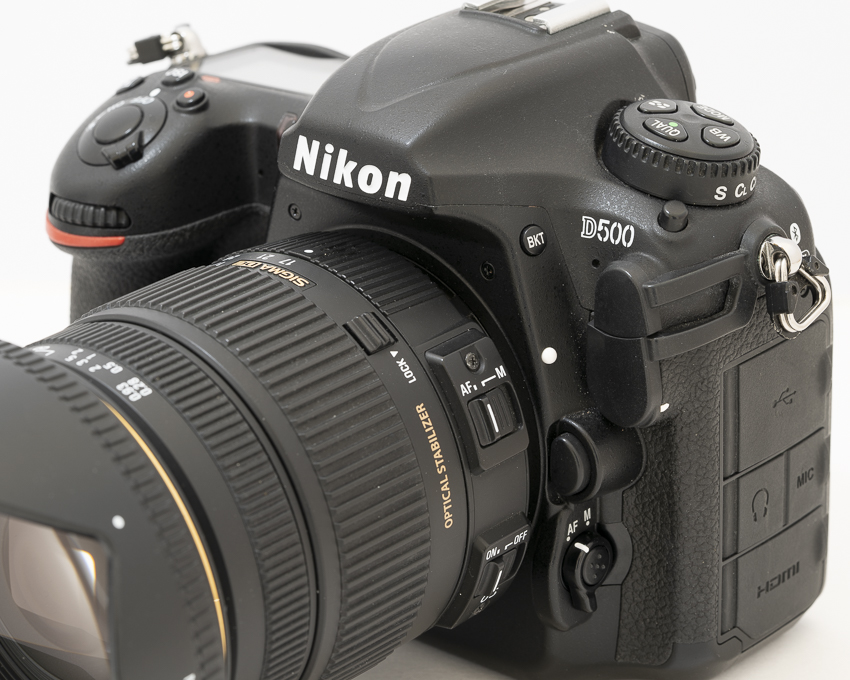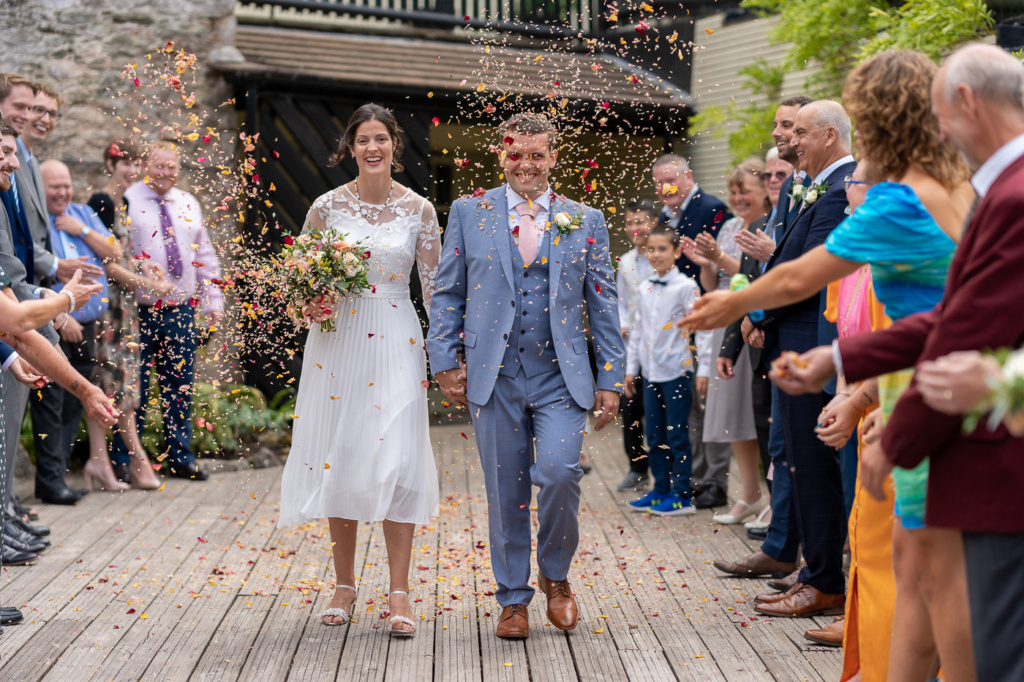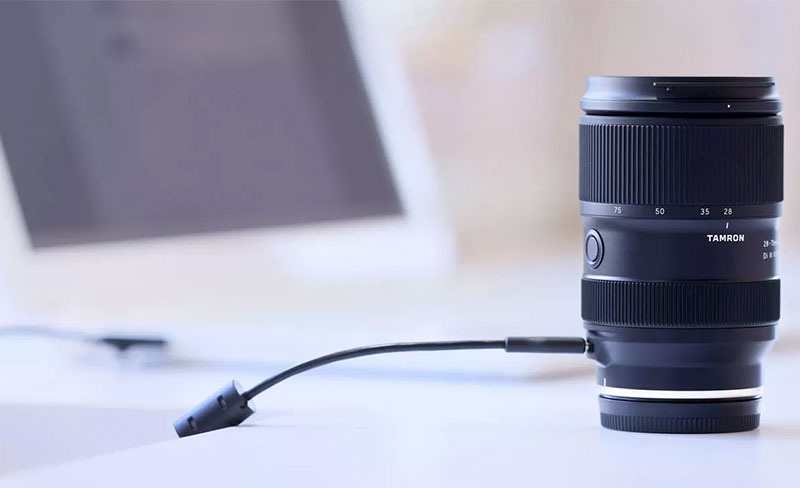This post has been a long time coming but I do get asked what were the biggest differences moving over to mirrorless as a wedding photographer. Let’s dive right in…
Before I switched to Sony I was a Nikon user. I’ve been using Sony since 2019. Way back then neither Canon nor Nikon had really embraced mirrorless as well as Sony. It was a no-brainer but a massive outlay.
The biggest con was the learning curve. The Sony cameras have SO many options that it was really difficult getting my head around it all. I had planned for this though. I purchased the equipment at the start of February. That gave me Eight weeks to figure it out, before my first wedding of 2019.
There was a LOT of YouTube watching. I am better at understanding things visually so YouTube was my go-to. Some of my favorites for my A9’s were:
- Wes Perry: https://www.youtube.com/watch?v=P7PaUaAj-UM
- Mark Galer: https://www.youtube.com/watch?v=2ifnAQ4fTT0&list=PLWC-IgKORdDHmSXPi3bftJSOzO_3ypLA1
- Magic Wedding Photographer: https://www.youtube.com/watch?v=V2E36czDSI8
- Jason Vinson: https://www.youtube.com/watch?v=9hkh0EE4mBk
The first time I turned it on and saw the eye-tracking in action, I was hooked. I knew I’d made the right choice, instantly!
With my old Nikon camera (D500), I’d get back from a wedding and while the card was being imported into Lightroom I was chanting “Please be focused on the face, please be focused on the face”. I could take 3 or 4 shots of the same person and on one, the focus would be the nose, the next the shoulder, and then the next the eye. It was so inconsistent with where the focus landed that I could never 100% trust it to be where it should be. I either shot at f6.3 (or higher), or hoped the focus was on the face. This is the challenge with good quality, but less professional cameras.
With Sony, 99.9% were focused and locked on the eye. It took a few weddings to get past zooming in on every photo to check focus. The Sony A9 was a beast for eye-tracking.
The sticky tracking pushed that to another level. During the confetti shot, I’d set it to sticky tracking. No matter how much confetti (or people) got in front of the bride, the focus never shifted off of her. It felt like voodoo magic!
Canon caught up quickly and now Nikon, with the Z9, has finally produced a camera with on-par tracking. until 2021 I would have said go Sony. Now, they are all closely matched, I’d say go with the brand you enjoy.
One small caveat is Canon has stopped third-party lens providers from selling lenses for their mirrorless cameras. With Canon, you are limited to Canon lenses only. If you’re on a budget, go with Sony as they have many cheap, third-party lenses. If money is no object and you love Canon, go Canon.
In 2023 I’m now shooting with two A7IVs. I didn’t choose the A9ii or A1 because I love the anti-flickering that comes with the A7iii and A7IV cameras. For weddings, I use the Sony 85mm f1.4 and their 24mm f1.4 as my main lenses. I use the new 70-200mm v2 and the 24-70mm for a lot of my other work.
One wedding lens to rule them all?
I do get asked if I were starting again on a budget, what one lens would I get to start off. Until recently that was a difficult choice to make. Now? It’s easy:
The Tamron 35-150mm F/2-2.8 Di III VXD is an absolute beast of a lens, with the most versatility I’ve seen. Although 35mm isn’t very wide, the f2 to f2.8 range on a budget lens more than makes up for it.
I know there are wedding photographers out there that shoot with just this lens all day. You could pick up the Tamron 17-28mm F / 2.8 Di III RXD next and then you’re pretty much set.
Conclusion
Mirrorless cameras are without a doubt, incredibly powerful tools to use at weddings. That power comes at a financial cost. You can now pick up full-frame DSLR’s at a cheaper cost if your budget still can’t stretch to mirrorless.
This is an amazing time to be a Wedding Photographer!



